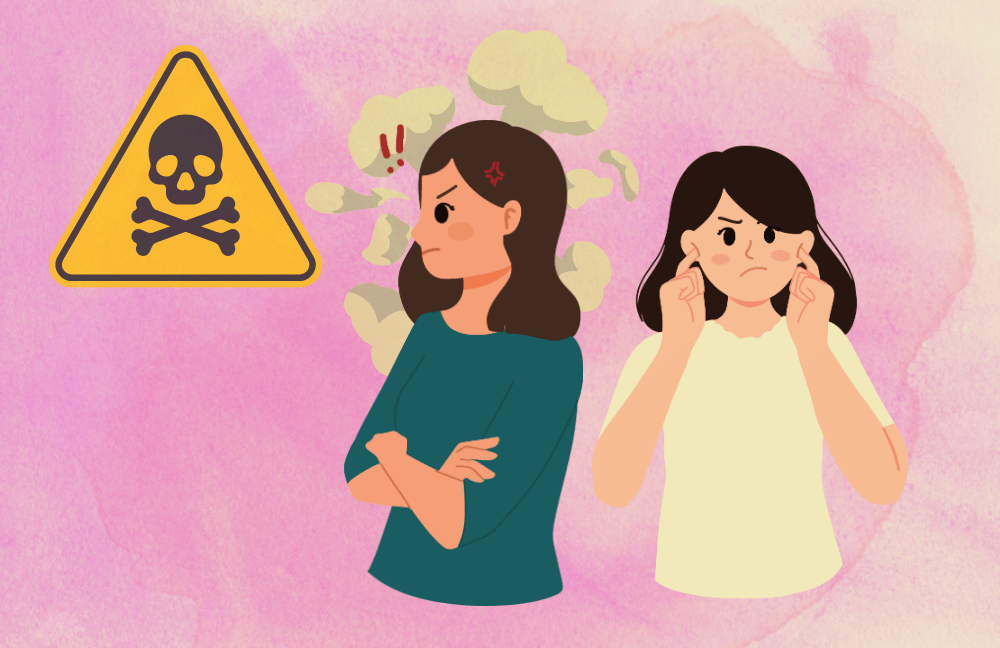Bipolar Disorder
What Is Bipolar Disorder?
Bipolar disorder spectrum is a term used to define a long standing and complex variety of mood disorders, which are illustrated by a combination of manic (Bipolar I Mania), hypomanic (Bipolar II Hypomania) and depressive (Bipolar I depression) episodes. A person with bipolar, as the name suggests, tends to swing between the two extreme mood poles.
Included in the definition; are considerable moodiness symptoms that continue to remain present in between major mood episodes even though they may not appear as severe as during the actual high (mania) or low (depression) states. So, even though a person may be able to function well in between these severe states, there is something residual that may influence life negatively and prevent a normal, happy and productive existence all along.
How Often Would Moods Swing in Bipolar?
Mood really is a sustained emotional state in human beings. When this is continuously high to the point of unrealistic exaltation and ecstasy, it is called mania. When the state is nearing mania but isn’t as unrealistic and damaging, it is termed as hypomania (lesser than mania). To win a diagnosis of bipolar disorder, one must have at least one episode of mania in their lifetime. Usually people with bipolar disorder (especially when not treated) have several episodes that switch alternately between high and low moods. This periodicity of moods is known as cycling.
When the switches happen very often (more than 3-4 times a year), we call it rapid cycling bipolar disorder. If this happens almost every month, it is labeled as ultra-rapid cycling bipolar. Some people switch moods faster than that too; that’s when we use the term ultradian cycling. People who have highs and lows several times a day could be suffering from mixed-mania wherein there are literally symptoms of mania and depression occurring together. Life becomes very difficult when moods cannot be sustained at a stable state.

Bipolar Disorder: Fact 1
Anybody can develop bipolar disorder. There is no clear-cut cause but a series of genetic and environmental factors can make us vulnerable to troubling mood disturbances.
Bipolar Disorder: Fact 2
Women are more likely than men to develop severe depression or hypomania. Men are reported to show more manic symptoms and their behavior could be more disruptive.
Bipolar Disorders: Fact 3
Bipolar disorder is not attention seeking behavior. The sufferer endures turmoil and while he or she seeks the help of others, the primary purpose is not to get attention.
Bipolar Disorders: Fact 4
Bipolar disorders exist on a spectrum of severity and management can be influenced by the symptoms. Particularly when in depression the risk of suicide could be high.
Bipolar Disorders: Fact 5
If bipolar disorder is not treated, it could last for weeks, months, or years, and impact the quality of everyday life. Bipolar disorders get little better with age, but they linger.
Bipolar Disorders: Fact 6
Bipolar disorders cannot be prevented if one has a genetic predisposition, but resilience can be built to cope with them better, be mindful of moods, and live a normal life.
Symptoms and Signs of Bipolar Disorder
Bipolar disorders as a category in mental health, broadly describe all types of mania and depression of differing severity. Hence signs are reflective of some or both of these conditions. These include physical, emotional, cognitive and behavioral symptoms. Some might be specific to the variety of mood disorder. Any of these should raise your antennae and coax you to seek professional help.
Bipolar: Emotional Signs
- Inconsistent sadness or happiness
- Moodiness and swinging moods
- Extremes of unexplained moods
- Feeling like not wanting to exist
- Not being in control of emotions
Bipolar: Physical Signs
- Changed speed or tempo of speech
- Agitation or retardation (slowness)
- Very little, or way too much sleep
- Change in the quality of sleep
- Appetite and weight changes
Bipolar: Cognitive Signs
- Trouble concentrating on tasks
- Confusion and memory lapses
- The mind going blank or empty
- Irrational and illogical thinking
- Obsessing repeatedly on suicide
Bipolar: Behavioral Signs
- Indecision, excessive contemplation
- Social withdrawal, getting isolated
- Neglecting everyday obligations
- Irritability, frustration, outbursts
- Self-harm as well as suicide attempts
Making a Correct Diagnosis of Bipolar
It’s really important to know the longitudinal course of the problem, triggers, stressors, nature of moods and their swings; as well as family history of similar issues. Here are some salient features to keep in mind.
Mania: Salient Signs
- Distinctly obviously elevated mood
- Lasting for more than one week
- Present daily throughout the day
- Less need for sleep, and less sleep
- Talkativeness; talking big things
- Racing thoughts and restlessness
- High risk or destructive behavior
Hypomania: Salient Signs
- Clearly abnormally elevated mood
- Lasting only for a period of 4 days
- Present daily throughout the day
- Symptoms of mania, but milder
- Talkativeness is less dysfunctional
- Appearing enthusiastic or excited
- Outcomes are not as destructive
Signs of bipolar depression could be similar to a major depressive disorder which is explained in a separate section. Bipolar depression however is notorious, and tends to present with atypical symptoms and is also frequently called smiling depression. Generally, bipolar disorder could be accompanied by suicidal tendencies, anxiety, frustration and psychotic symptoms. It could also be brought on by pregnancy or seasonal changes. An expert evaluation by a professional is always recommended to make the right diagnosis.
Bipolar Disorder Management with Dr Shefali Batra
Be it mania, hypomania, depression or cyclothymia; appropriate bipolar disorder management requires an understanding of symptoms over time. This can be facilitated with family involvement, empathic listening, unconditional acceptance, and respect for how you feel.
With those cornerstones in place, we first have a detailed discussion with you (as well as your family or loved ones if you permit) and then chalk out a treatment plan that embraces your goals, preferences and pace of self-work. As a psychiatrist and psychotherapist practicing distinctive therapies, Dr Shefali guides you through cognitive, mindfulness and neurobehavioral milestones to help you think, feel and behave more meaningfully. Medication can be prescribed when needed, but holistic management with psychotherapy as well as mindfulness approaches can help bring life back to normalcy sooner.
Psychotherapy focuses on changing negative views of yourself, others, and the world at large. Cognitive techniques like CBT (Cognitive Behavioral Therapy), REBT (Rational Emotive Behavior Therapy), ACT (Acceptance and Commitment Therapy); and Humanistic techniques like EFT (Emotion focused Therapy) and mindfulness, are used based on need All of these work on dysfunctional thoughts, emotions and behaviors that contribute to negative or irritable mood states.
Bipolar management is challenging because symptoms tend to recur. Changing long standing thought processes, emotional reactivity and behavior patterns is not easy. With ongoing therapy, mood and emotion tracking, empathic communication, hand holding support, cognitive challenge techniques, mindfulness training and continuous daily guidance and self-monitoring, symptom management is possible. You can get empowered to deal with mood triggers better, and continue to maintain a steady mood state for longer.
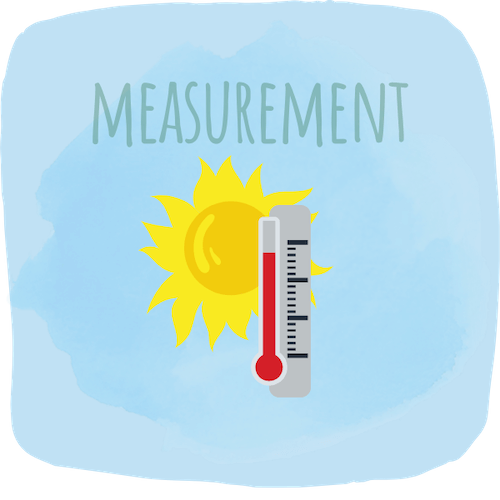

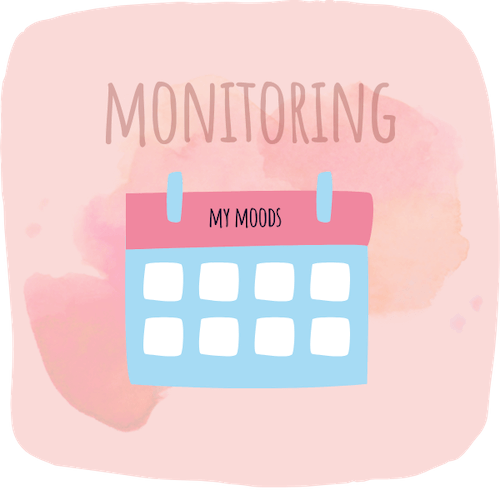
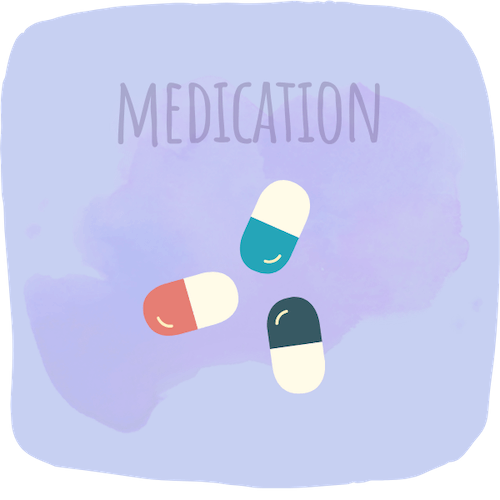
References
Jain, A., Mitra, P., (2021). Bipolar Affective Disorder. In: StatPearls. Treasure Island (FL): StatPearls Publishing
American Psychiatric Association. (2013). Diagnostic and statistical manual of mental disorders (5th ed.). Arlington, VA: Author.
Whiteford, H. A., Ferrari, A. J., Degenhardt, L., Feigin, V., Vos, T., (2010). The global burden of mental, neurological and substance use disorders: an analysis from the Global Burden of Disease Study 2010.
Related topics
- Mood Disorders
- Lifestyle Disorders
- Childhood Depression
- Cognitive Behavioral Therapy
- Acceptance and Commitment Therapy
Latest Posts
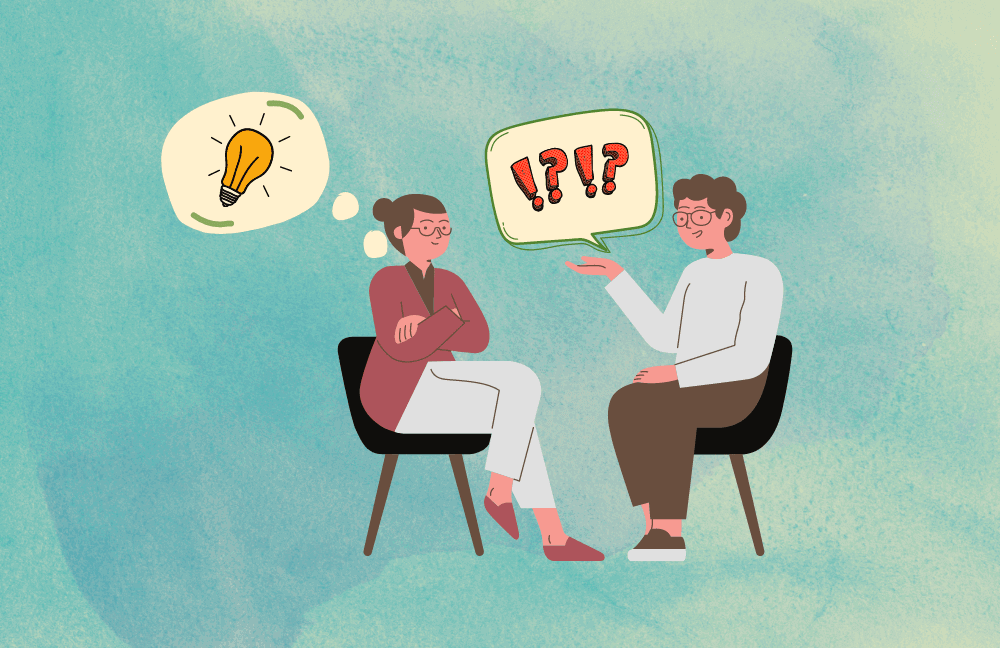
7 Reasons Why You Should Seek Therapy
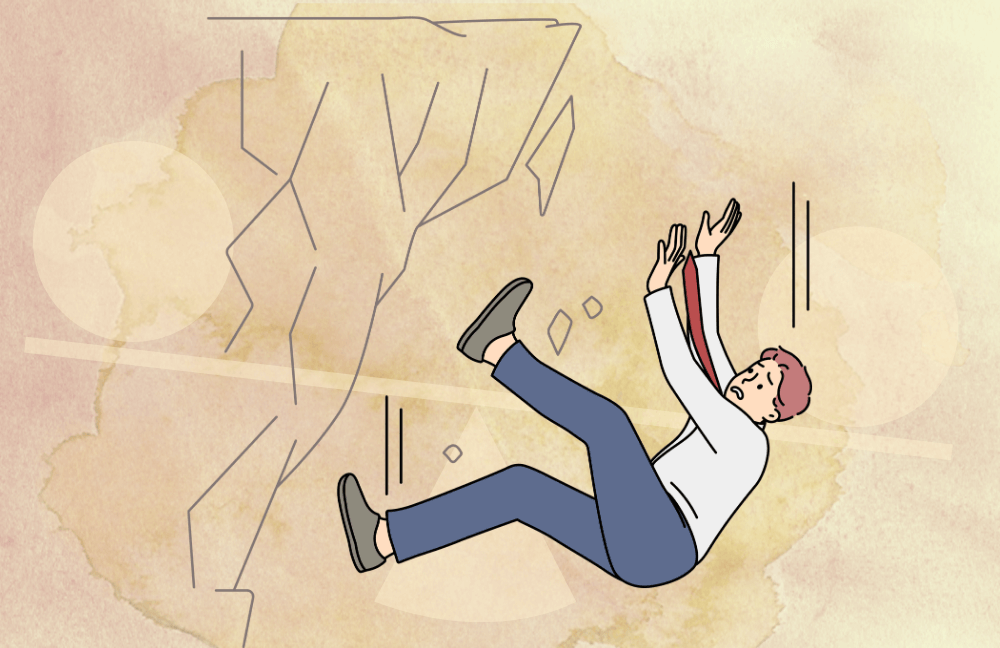
5 Signs you have no work life balance
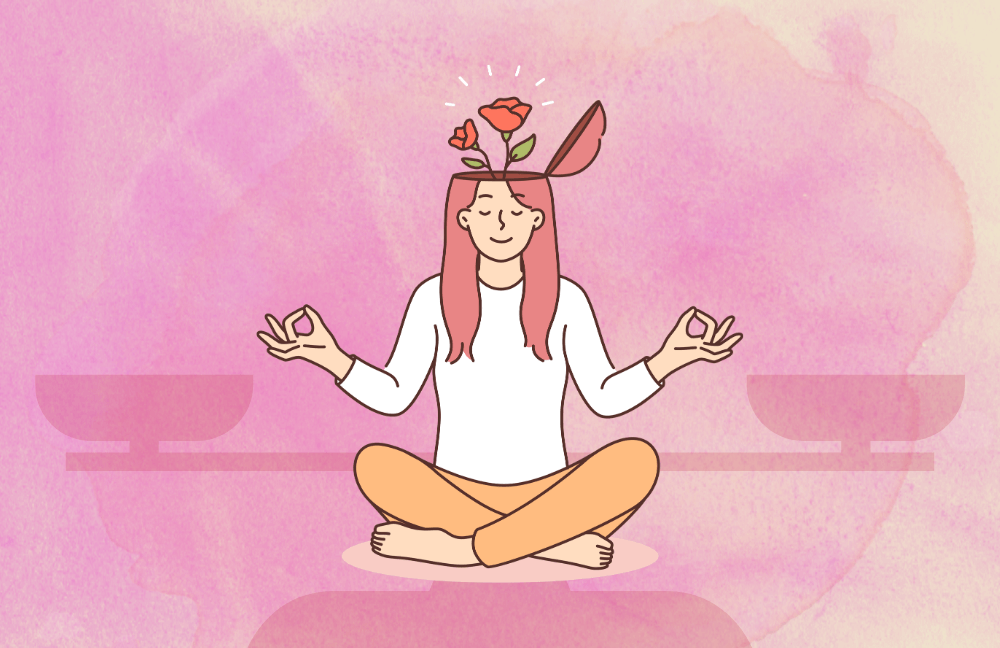
Work and Life: What is the right balance?

7 Questions About Workplace Stress Answered
